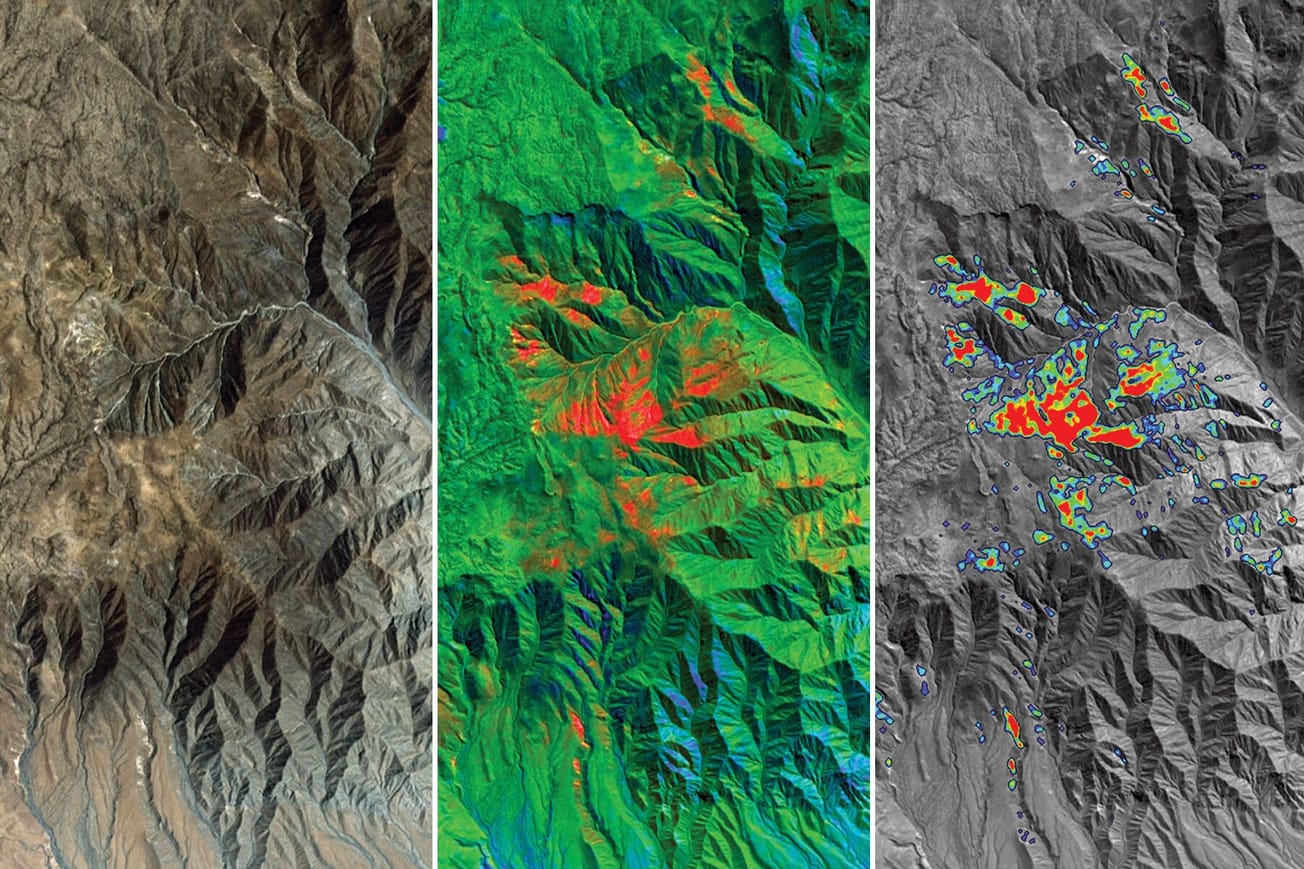A startup backed by Bill Gates, Graphyte, announced plans last week to begin operating what may be the largest carbon removal facility on the planet. This Arkansas plant uses woody waste from nearby paper mills to create biomass bricks that will be stored and monitored underground for centuries, claiming it will guarantee "permanent" carbon removal for under $100/ton of CO2.
More importantly, the compacted bricks of organic carbon are claimed to be so dense that no roots can penetrate. Thus, we better bury these blocks deep enough so as to not impair the establishment of the deep root systems on which the natural environment and all of us depend.
Why should we NOT recycle and reuse that organic matter? I see no real value added here.
Why would they do this instead of pelletizing the wood waste, creating a more recalcitrant form of still-organic (not mineral) carbon—called biochar—into smaller, less dense chunks, which, when mixed with compost (derived from processed municipal waste) can then be applied to degraded lands to rebuild the topsoil layer?
Sure, it is true that some, not all, of the carbon that we store in the topsoil layer in this manner will end up being re-released to the atmosphere--usually after 30 years or more. However, the incremental root and perennial plant growth we get out of the process potentially adds much more in terms of net long term growth of terrestrial carbon stock.
So, should we be producing and burying useless blocks that provide no benefit to soil health and productivity when we could be recycling that wood waste, and producing fertilizer or biochar or building materials, like fiber board and green cement?
About the Author
Aldyen Donnelly is a co-founder and Director of Carbon Economics at Nori, a new carbon removal marketplace. At Nori, she is leading the development of methodologies to establish Carbon Removal Certificates as well as recruiting early CRC buyers and suppliers into the marketplace.
She has been a small business developer and consultant for over 40 years. In the mid-1990s, Aldyen started to work on market-driven strategies to reduce atmospheric carbon concentrations. Having gathered together a Canadian “emission reduction credit” or “ERC” buyers group, Aldyen developed and executed major forward ERC purchase agreements–some “world firsts''–to finance: carbon sequestration in agricultural soils; a stationary fuel cell application; landfill gas recovery and utilization projects; carbon capture and storage projects involving both coal-fired power and natural gas processing plants; modal shift (truck-to-rail) in commercial freight transport; and more. Aldyen also co-authored the Canadian province of Nova Scotia’s 2009 GHG Emissions Regulations, the first regulations to establish significant absolute, declining power sector GHG caps in North America. As a direct result, Nova Scotia province-wide GHGs were 30% below 2005 levels by the end of 2016.











